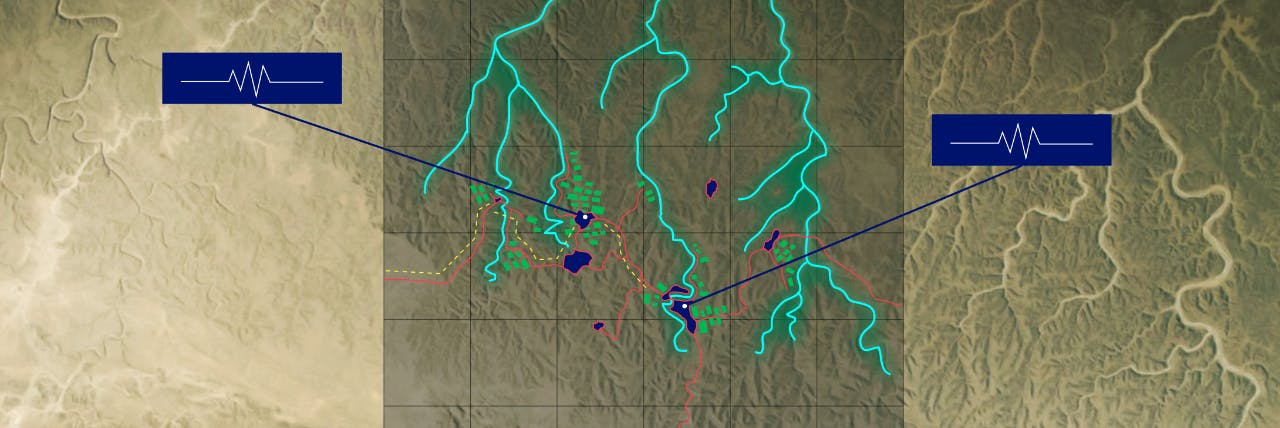Informing the COVID-19 response in developing countries
Planning for COVID-19 using earth observation and data analytics

As the COVID-19 pandemic spreads across the globe and stretches the healthcare systems of cities like New York, London or Milan to breaking point, we are deeply concerned about how developing countries - our area of work - can deal with it.
Decision-makers need reliable, up-to-date data. Using geospatial data and analytics, we want to contribute to this effort with the resources available to us. Together, we can get started on questions such as:
Virus spread: How could the virus spread, based on factors
such as population clusters, transportation infrastructure, or certain public
places such as markets or places of worship?Locating testing facilities: Where could testing
facilities be strategically located? Is electricity and water available?Predicting healthcare bottlenecks: Where are health
centers, hospitals, hospital beds and ICUs located? Which population groups are
at particular risk of experiencing bottle- necks or unavailability of health
services?
This brief report outlines some of these ideas and presents a case study in Ethiopia. The code is forked from the covid19 repository from the Data Partnership authored by Bruno Sánchez-Andrade Nuño. Our code is freely available on github. A visualization can be accessed here.
Downloads
VIDA covid19 response (~5mb)